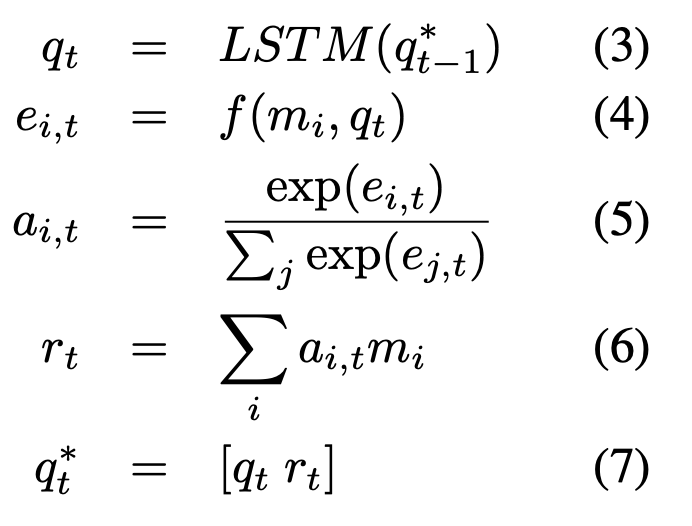Set2Set is a powerful global pooling operator based on iterative content-based attention ! Now one can use it in DGL as below.
Reference
Paper | Code
PyG implementation
import torch
import dgl
from torch import tensor
from torch.nn.functional import softmax
class Set2Set(torch.nn.Module):
def __init__(self,
in_channels,
processing_steps,
num_layers=1):
super(Set2Set, self).__init__()
self.in_channels = in_channels
self.out_channels = 2 * in_channels
self.processing_steps = processing_steps
self.num_layers = num_layers
self.lstm = torch.nn.LSTM(self.out_channels, self.in_channels,
num_layers)
self.reset_parameters()
def reset_parameters(self):
self.lstm.reset_parameters()
def forward(self, bg, feat):
batch_size = bg.batch_size
x = bg.ndata[feat]
batch = tensor([], dtype = torch.int64)
batch_num_nodes = bg.batch_num_nodes
for index, num in enumerate(batch_num_nodes):
batch = torch.cat((batch, tensor(index).expand(num)))
h = (x.new_zeros((self.num_layers, batch_size, self.in_channels)),
x.new_zeros((self.num_layers, batch_size, self.in_channels)))
q_star = x.new_zeros(batch_size, self.out_channels)
for i in range(self.processing_steps):
q, h = self.lstm(q_star.unsqueeze(0), h)
q = q.view(batch_size, self.in_channels)
e = (x * q[batch]).sum(dim=-1, keepdim=True)
a = torch.cat(list(map(lambda x: softmax(x, dim = 0),
list(torch.split(e, batch_num_nodes)))),
dim = 0)
bg.ndata['w'] = a
r = dgl.sum_nodes(bg, feat, 'w')
q_star = torch.cat([q, r], dim=-1)
return q_star
def __repr__(self):
return '{}({}, {})'.format(self.__class__.__name__, self.in_channels,
self.out_channels)



